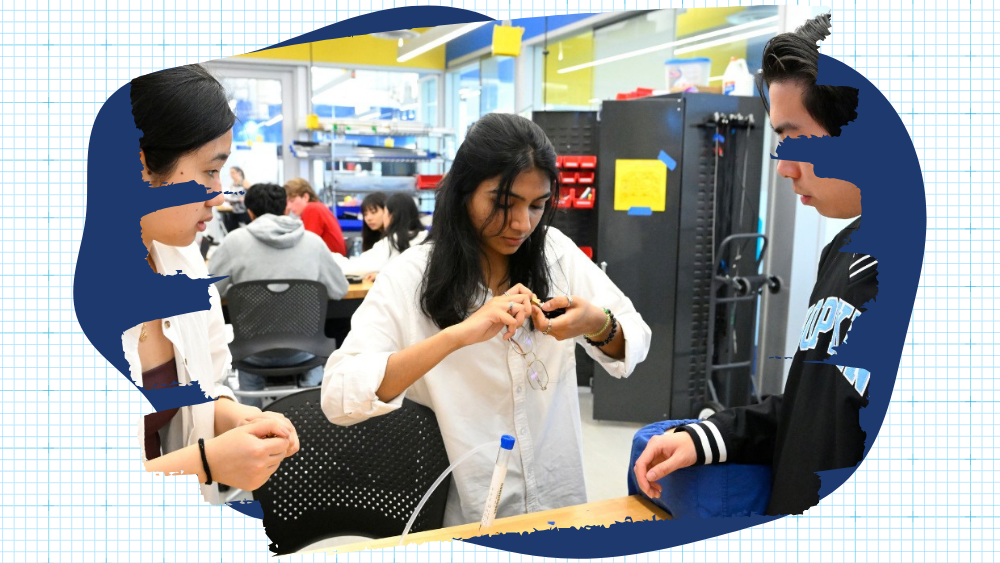The American Association for Cancer Research has invited drug developers and investors to intermingle with the academics who typically attend its annual conference.
While American Association for Cancer Research (AACR) membership has historically been dominated by academics, the organization is making an effort to engage with the biopharma industry. Thursday and Friday, ahead of the opening of the AACR annual meeting in San Diego, the group is holding its inaugural “industry partnering” event to bring together drug and biotech companies, venture capitalists and investment bankers with academic oncology regulars.
This is the first time the program has not been purely academic and scientific, according to AACR Foundation trustee Christiana Bardon, co-managing partner of biotech investment firm MPM BioImpact. A dozen Big Pharma companies, including Boehringer Ingelheim, Takeda, Novartis and Genentech, will have dedicated “industry spotlight” sessions where their top oncology R&D officials will detail their future therapeutic interests.
“What we wanted to do was encourage more dialogue between all the different parties, including traditional pharma, biotech, investors, as well as academics, Bardon, co-chair of the event, told BioSpace. “Our goal at the AACR is to translate the great scientific discoveries of our scientists into drugs that go into clinical trials and ultimately get to patients.”
Details of what the companies will present remain to be seen, but pipelines may be shifting in the context of the Inflation Reduction Act (IRA) and its “pill penalty” that grants longer protections from Medicare price negotiations for biologics than for small molecules. Notably, Pfizer announced a month ago that it was shifting much of its oncology R&D to biologics.
A Gathering of Biopharma Bigwigs
AACR invited major pharma firms working in oncology to present their early-stage pipelines. Bardon expects to hear plenty about novel targets and modalities, including preclinical R&D now underway.
“We want to see your [their] vision for cancer over the next five to 10 years,” she explained. Five years ago, presentations like those may have mentioned antibody-drug conjugates (ADCs) or radiotherapeutics, two categories that have become popular in oncology development today.
In addition, the event will host several panel discussions. One is about how to grow from a privately held biotech to a public firm. Clay Siegall, president and CEO of Immunome, is on that panel half a year after leading privately held radiotherapy startup Morphimmune through a merger with Immunome and then taking the helm of the larger company.
In an email to BioSpace, Siegall said that he is “most excited about sharing Immunome’s plans and extensive pipeline with investors.”
The Exton, Pa.–based company has been busy in the capital markets of late, completing a $230 million public offering in February and just last week closing its purchase of a Phase III small molecule gamma secretase inhibitor from Ayala Pharmaceuticals.
Still, the biopharma investment market is not back to its COVID-19 peak in early 2021, Bardon said. Higher interest rates have chilled the flow of capital, and many of the more general investors who rushed into biopharma and biotech in 2020 have since left. However, the “healthy M&A environment” is a positive sign, she added.
Event creator and co-chair, former AACR President Michael Caligiuri, likened this forum to a J.P. Morgan Healthcare Conference of sorts but specific to oncology. Currently, he told BioSpace, “there’s nothing focused on cancer where you can start to build your network.” Caligiuiri is a leukemia and hematologic researcher at City of Hope National Medical Center who recently ended a five-year term as president of the Duarte, Calif.–based cancer center.
He said that while AACR excels in science and in pharma, the organization struggles with the connection between the two—“how we get the science to pharma and how we get pharma to know of the science.” Plenty of discoveries wind up in what Caligiuri called a “valley of death” between academia and ultimate commercialization.
“There’s no one in the middle connecting all those dots to facilitate the development of the discovery further along, such that it can get to a patient,” Caligiuri explained. “This conference . . . is kind of an information exchange, with the idea of closing the gap between discovery and FDA approval so that patients get drugs quicker for their cancer.”
Neil Versel is the business editor at BioSpace. You can reach him at neil.versel@biospace.com. Follow him on LinkedIn or X.





